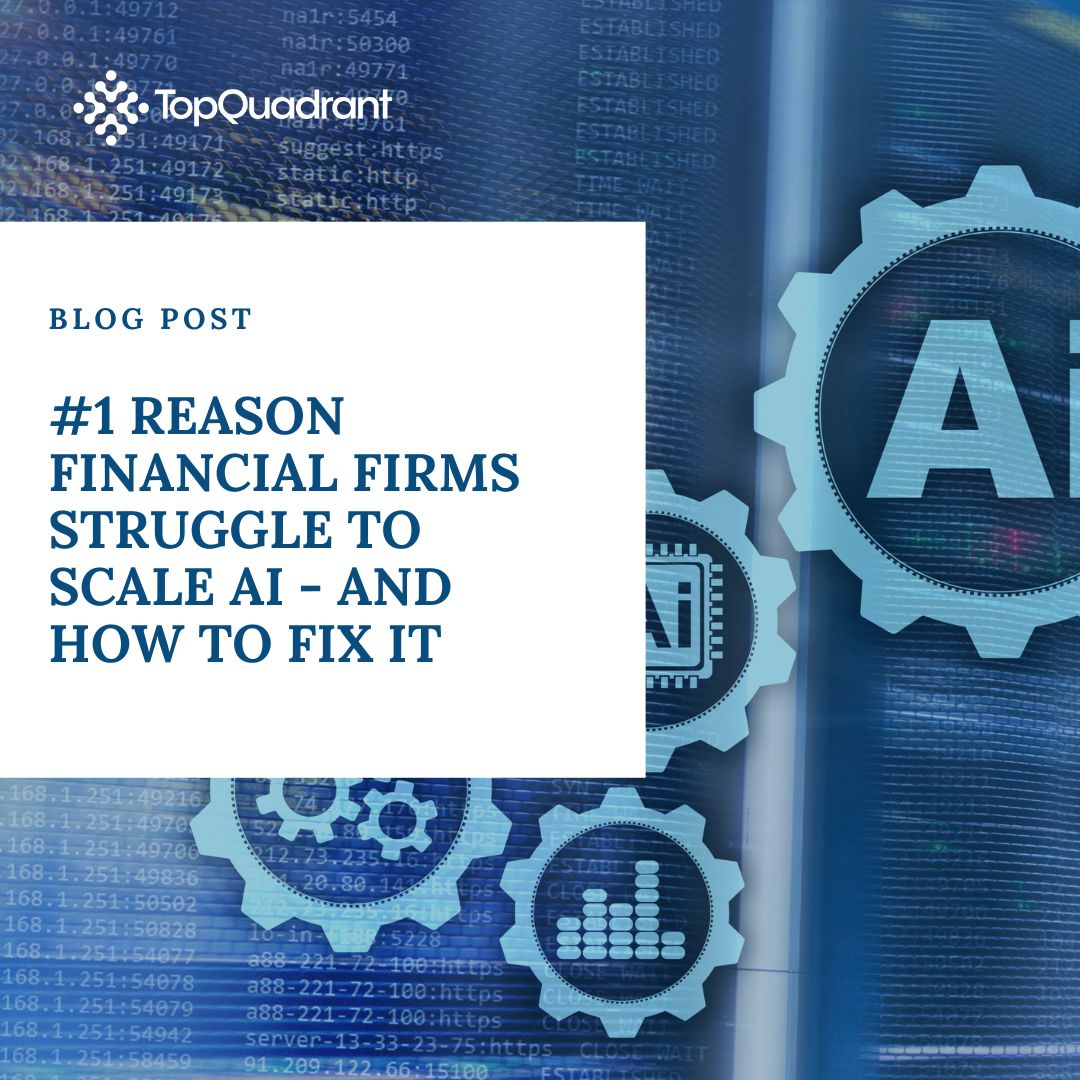TopBraid EDG provides end users with flexible capabilities to profile, govern, update and provision reference datasets, and supports comprehensive metadata to document the meaning (semantics) of reference data.
Bring consistency and accuracy to the use of reference data across enterprise applications
Reference data is found in practically every enterprise application including back-end systems, front-end commerce applications, and the data warehouse. TopBraid EDG–RDM makes it easy to bring consistency and accuracy to reference data management and use.
Reference data has a major impact on everything from the integrity of business intelligence reports to the success or failure of system integration efforts. TopBraid EDG provides all the services you need to secure the benefits of centralized management of reference data – change in one place, publish to many.

Why TopBraid EDG?
Mission-critical applications like product lifecycle management (PLM), enterprise resource planning (ERP), and customer relationship management (CRM) use reference data to classify and categorize business critical data such as product and customer information.
The underlying challenge is that code tables are typically defined and managed on an application-by-application basis, and the content, format, representation and meaning of the codes within the code tables differs within each application.
TopBraid EDG lets organizations:
Lower risk – by providing auditability, provenance, and security of reference data
Decrease costs – by minimizing chances of costly errors associated with manual, ad hoc processes and misinterpretation
Succeed in the data-driven world – by putting management of reference data into the hands of business users
Increased Quality and Organization
- Reference Datasets – controlled datasets of industry defined codes (country and currency codes, and product types). Reference data is found in many enterprise applications including back-end systems, front-end commerce applications, and data warehouses. In EDG, classes for respective reference datasets are defined in corresponding ontologies.
- Ontologies – vocabularies that contain schema-level information — definitions of classes, properties and rules. They are knowledge models that can be used to generate data models (for example) or are simply used as for various purposes as important documentation and reference for the business stakeholders. In EDG, they can be used as conceptual models that can connect terms with the technical metadata (e.g., tables and columns).
- Crosswalks – datasets that link terms in one vocabulary with the matching terms in another one.
- Enumerations – suitable for storing multiple, relatively small and simple codesets in a single asset collection. An example may be gender codes or age group codes. For larger and richer sets of codes, use reference datasets.

Related Knowledge
From Hype to Reality: How Ontologies Are Paving the Way for Enterprise AI
Resource Hub Search Table of Contents < All Topics Main Ontologies From Hype to Reality: How Ontologies Are Paving the Way for Enterprise AI Print
Visual Exploration of Ontologies with TopBraid EDG
Users often want to explore knowledge models visually. Diagrams help them in understanding the models and are especially useful when discussing models with colleagues.
What Are Classonomies – and why you may want to avoid them
Many of our customers have told us of the challenges of working with classonomies. To better understand what I mean by a classonomy, read this blog.
Why I Don’t Use OWL Anymore
This blog discusses why, after supporting OWL, Irene Polikoff, co-founder of TopQuadrant, has completely abandoned it in favor of SHACL.
Why I Use SHACL For Defining Ontology Models
This is the second blog on what modeling language we recommend to use when creating ontologies. In this blog I will talk about what I do use.
Modeling Graph Relationships
This blog offers advice on selecting a direction of the graph relationships, supporting inverse relationships and naming a relationship.


